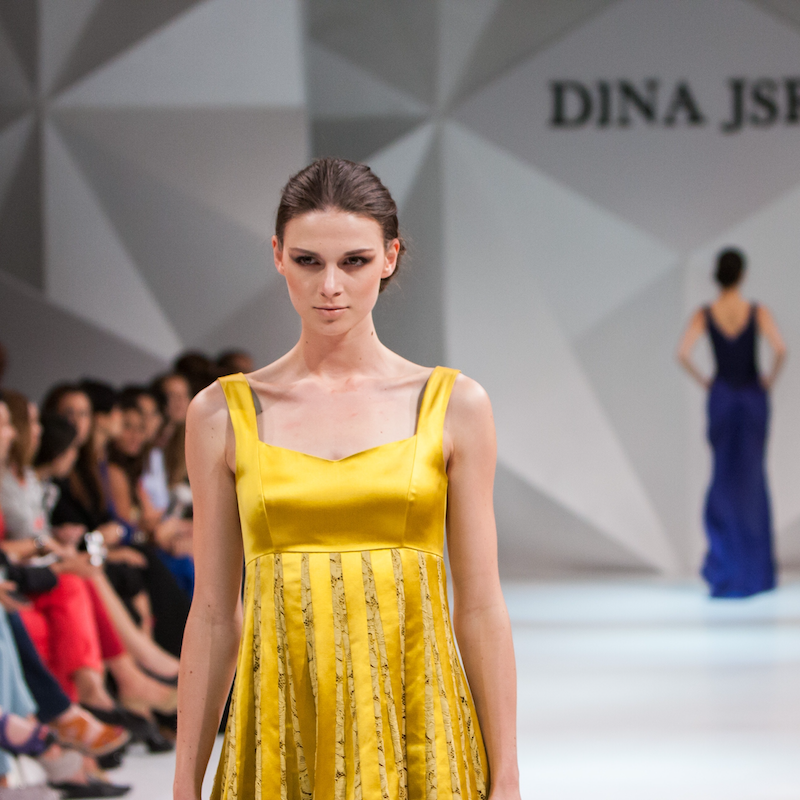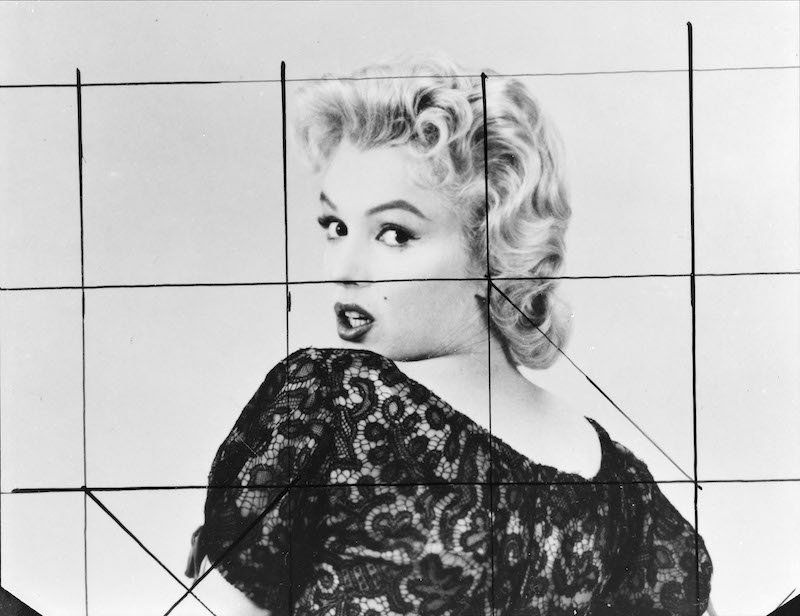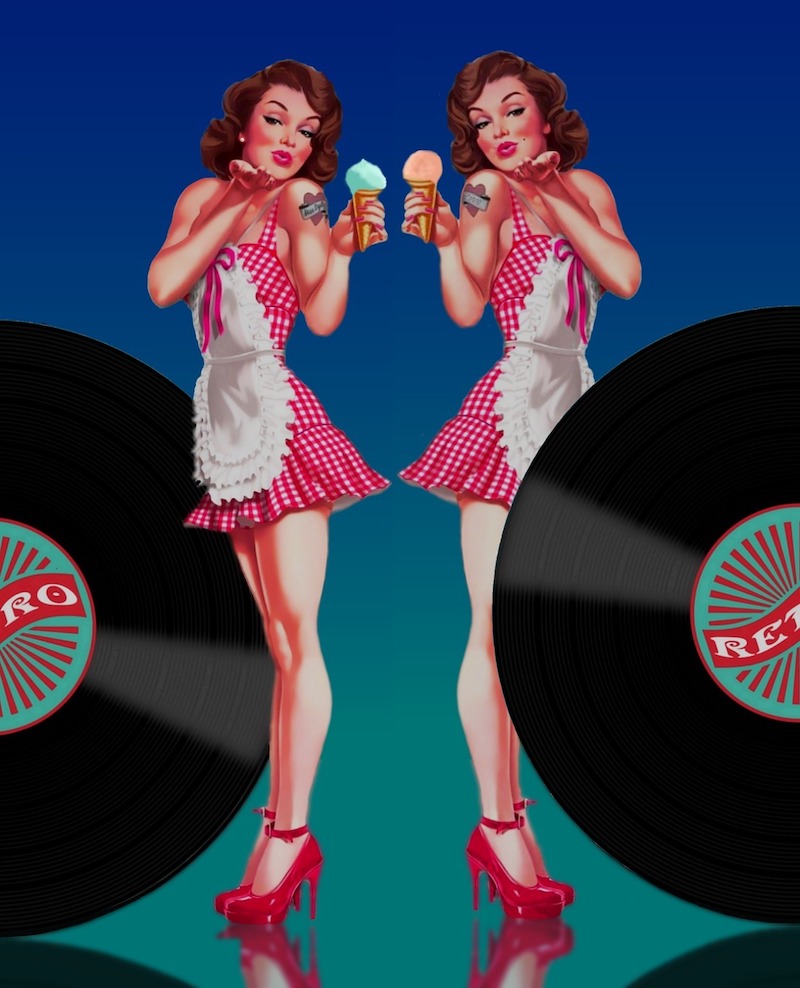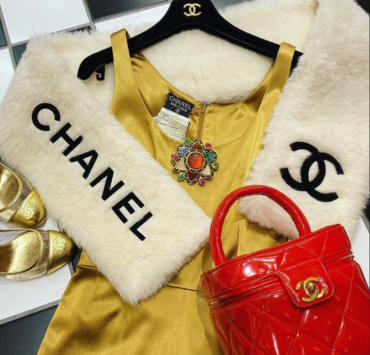Influencer Marketing Needs to Go Beyond Skinny White Girls

Maxine Magtoto is an honors student at Brent International School…
Once dominated by tabloids and television sets, the media has made way for a new age: The Influencer Revolution.
Likes and photos have now become a digital currency, serving as the beacon of influence in today’s day and age. However, the influencer industry is not without its problems. After all, as a business that goes hand-in-hand with the media world, issues within the two often overlap.
With an increasing awareness of social injustice, a lack of representation, and privilege, the body positivity movement couldn’t have come at a better time. In championing diversity, it has protested against a media institution which, up until now, has only ever recognized the ‘skinny white girl’. As a result, even more brands are starting to focus on marketing to all races, body types and genders.
But how far has society actually gone in solving these issues? (In truth, it has gone both much further and much slower than one may think.) The 1950s were the Golden Age of Hollywood. Fairly curvaceous bodies graced our silver screens. Stars like Marilyn Monroe and Diana Dors maxed out beauty barometers with their hourglass figures, skinny women on the other hand being seen as ‘sickly’ and ‘frail.’ While these ideals were fairly restrictive, they were nowhere near as toxic as what was to follow.

Come the mid-to-late 1960s, the inverse was true. The ‘Swingin’ Sixties’, initially hitting it off in the United Kingdom, were characterized by hedonism and indulgence.
Many believe that this era laid the foundations for the modern fashion industry with its emphasis on popular culture and avant-garde fashion. Industry icons such as Twiggy dominated the social scene, becoming the first to truly define the term ‘model’. With hyper-skinny bodies, broad shoulders, and long limbs, clothes draped off their bodies with ease—making them the perfect sample size for designers.
This eventually became the default, completely erasing the weight-gain trend of the 50s. In this sense, the Swingin’ Sixties brings on its own meta irony. After all, for an era that pioneered cultural non-conformity, body standards only got stricter from then on.
Following the supermodel run of the 70s and 80s—focused mainly on Amazon-type women with looming, statuesque figures- the 90s seemed like a rehash of the Swingin’ Sixties. Fueled by the Heroin Chic movement, this decade saw an exponential rise in body dysmorphia rates.
The turn of the new century placed its own spin on the supermodel trend. But despite the 40-year gap between then and the Swingin’ Sixties, matters only ever got worse. Body positivity was virtually non-existent. And in Alicia Silverstone’s case, any deviance from societal standards entailed immediate and widespread scrutiny.
After all, diet culture was the norm. Movies like Mean Girls and Bridget Jones’ Diary bluntly portray their skinny-leading characters partaking in dangerous eating habits. Regina George, the it-girl of Northshore High and the basis of 2000s mean girl stereotypes, is shown in a flux towards the latter half of her film. As soon as she puts on weight, she is immediately ostracized by the school.
Still, she internalizes this hatred and agrees with them, even scoffing at the suggestion that she should ‘try Sears’ upon failing to fit into her prom gown. Once her ‘figure’ was stolen from her, she ‘lost’ everything- thus making way for the newest skinny diva, Cady Heron.
This says a lot: after all, plus-sized women were always the best friend- never the star. Soon enough, it became clear that fat people only had one role to play: comic relief.
This was only emphasized by the rise of Internet culture. With the widespread influence, new technology had in reforming social systems, niche communities were much more easily formed. As such, it is no surprise that pro-anorexia and/or pro-bulimia forums gained as much traction as they did.
With the two disorders affectionately dubbed ‘Ana’ and ‘Mia’, respectively, their real dangers shone through. Women did not see these disorders for what they truly were- instead, they humanized them. Ana and Mia became the Regina George of these women’s lives. Definitely not without flaws, but too ‘perfect’ to neglect.
It should be noted that what has been said so far has only focused on the war over body norms. The status of the marginalized at any given time also plays a large factor in determining beauty standards. Even until the 2000s, POC, the LGBTQ+ and people with disabilities were still treated as second-class citizens. In reflecting this, there was little-to-no representation for POC in the media, and even less so for POC with unconventional body types. In fact, as recently as 2016, only 13.9% of theatrical films featured a minority as a leading character, according to the UCLA Hollywood Diversity report.
Furthermore, while a majority of widespread body standards impact women, men also play subject to this pressure. While males only comprise 10-15% of all recorded cases of anorexia, several medical professionals estimate it to be much higher.
Still, the male side of the issue often goes unheard, making it easy to assume that repercussions are less likely to manifest. But in fact, the suppression of male body dysmorphia has proven to result in an extreme response. The incel community, whose ideology is the pinnacle of male self-loathing, has taken to turning their anger against women- the very people society hurts the most with their standards.
It may seem like society is stuck in a perpetual cycle of finger-pointing and insecurity. We are, however, inarguably living in one of the most socially aware periods in history. But while the body positivity movement is on the rise, Instagram influencer trends still threaten it. With an over-reliance on FaceTune and photoshop, it is clear that remnants of the past continue to haunt us.
Some argue that this new encouragement of body diversity can be harmful. However, most of this rhetoric stems from three strains of thought: 1.) the belief that there is an ‘ideal’ body that accounts for everyone; 2.) a denial of the fact that people are born into different body types; and 3.) a toss-up between unhealthful platitudes and fat-positivity. Society is not trying to promote harmful body ideals. In truth, they break away from them by combating skinny-normativity.
The emergence of some of today’s most popular brands is a testament to the need for change. Brandy Melville, Victoria’s Secret and Ralph Lauren: these three brands appeal to three entirely different demographics, yet they remain equally problematic.

Brandy Melville, for instance, primarily features skinny, white models—all while exclusively selling size zero clothing. While social media has served to garner some much-needed criticism against the brand, it continues to gain popularity amongst the youth, making their widespread influence all the more concerning.
Fortunately, their prominence does not come without protest. NüNUDE, Aerie, and Modcloth are only three of many rising companies actively working to create products for everyone- regardless of their shape, size or color. These industry-shakers bring on a penchant for activism and change, spearheading what has become an era of socially-conscious marketing.
NüNUDE, a London-based clothing company, works to create nude-colored underwear for people of all colors and sizes. Last December, they partnered up with the disability advocacy group ‘Love Disfigure’ to protest outside a Victoria’s Secret outlet, calling the brand out for their problematic messages. This shows that while the media’s expanding domain enables it to relay the same damaging beauty standards of the past, it also offers positive platforms for people to call them out.
It would be ludicrous to expect a massive industry overhaul overnight. But change begets action. People must amend for the media’s toxic history or risk perpetuating its mistakes. Let’s work on building a new future and not repeating mistakes from the past.
Updated: January 21, 2020




